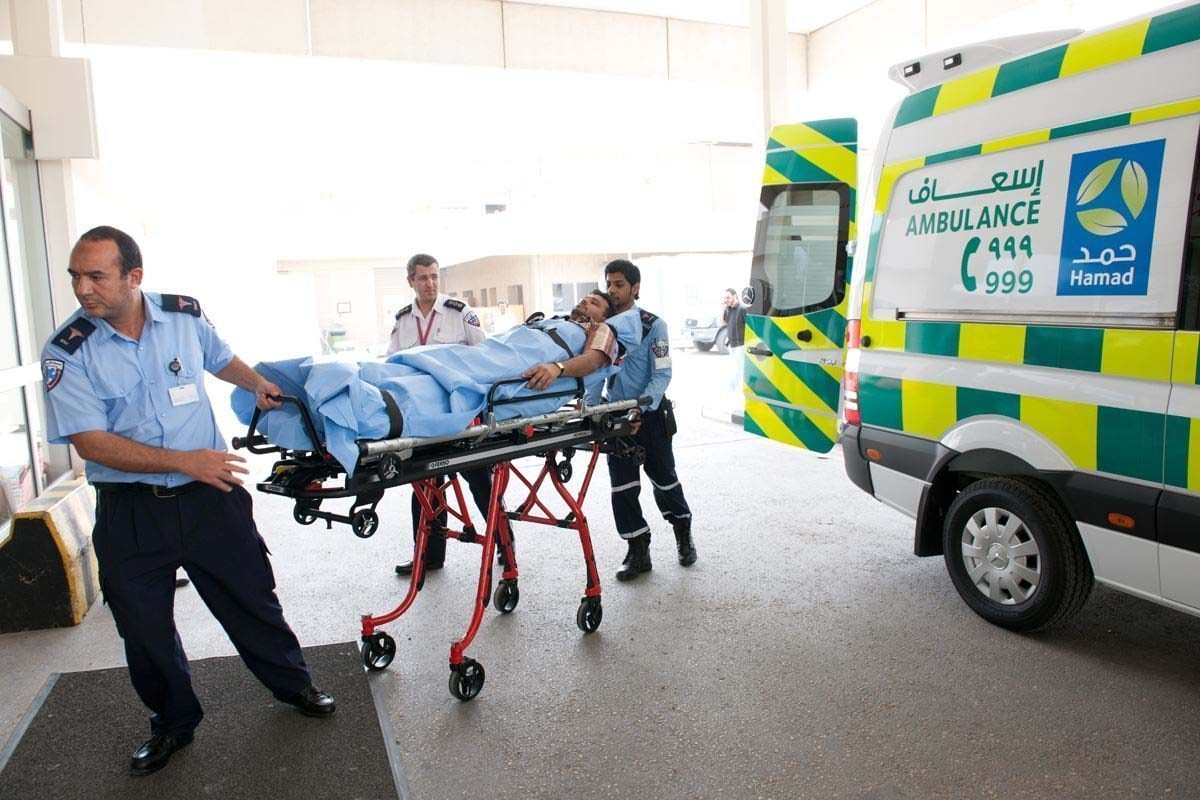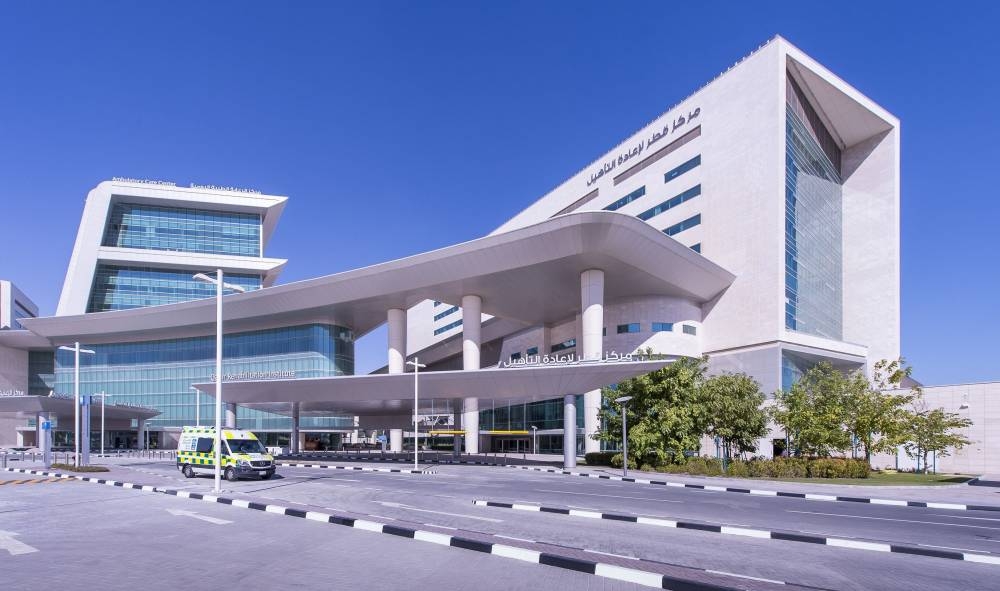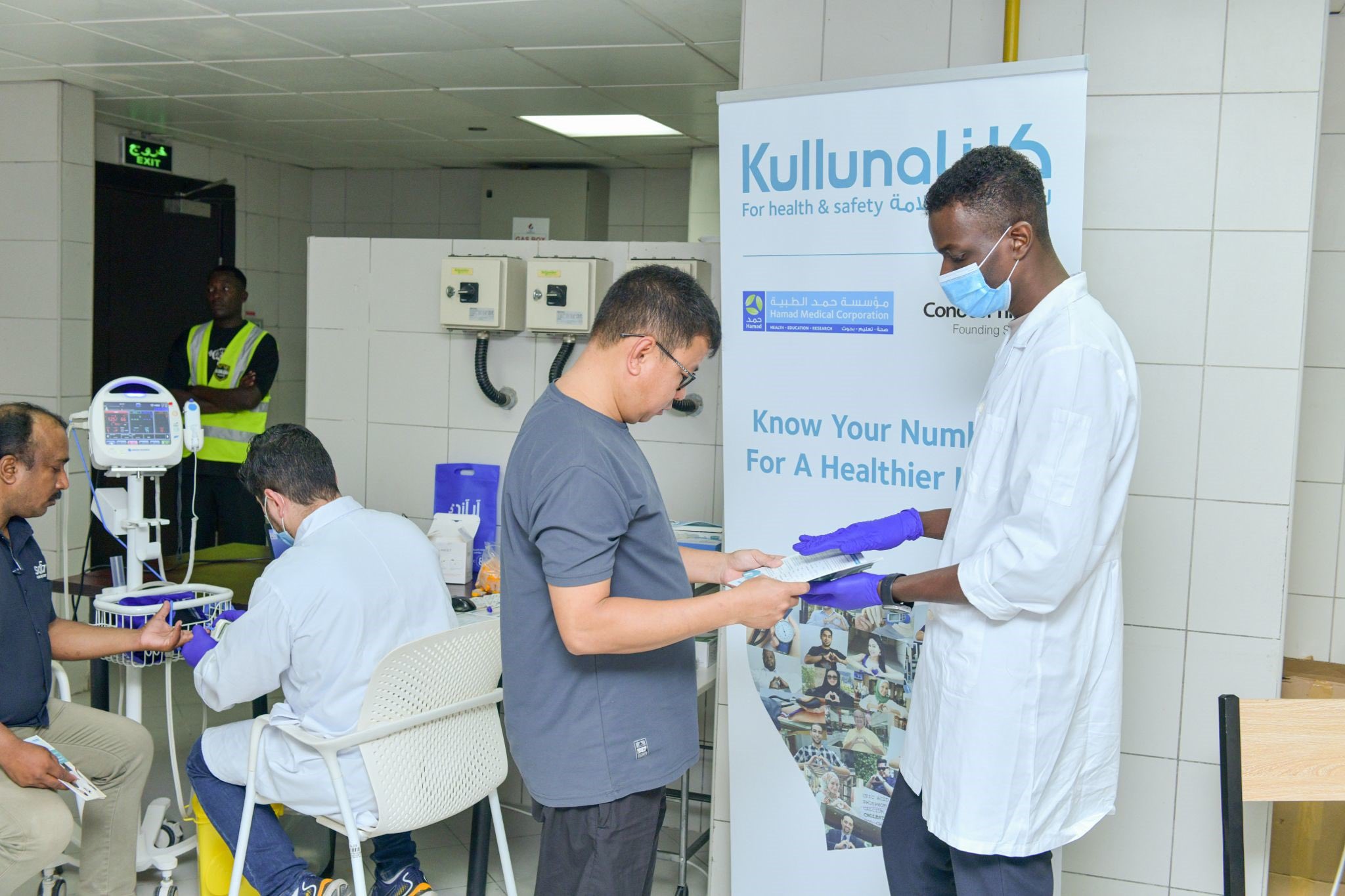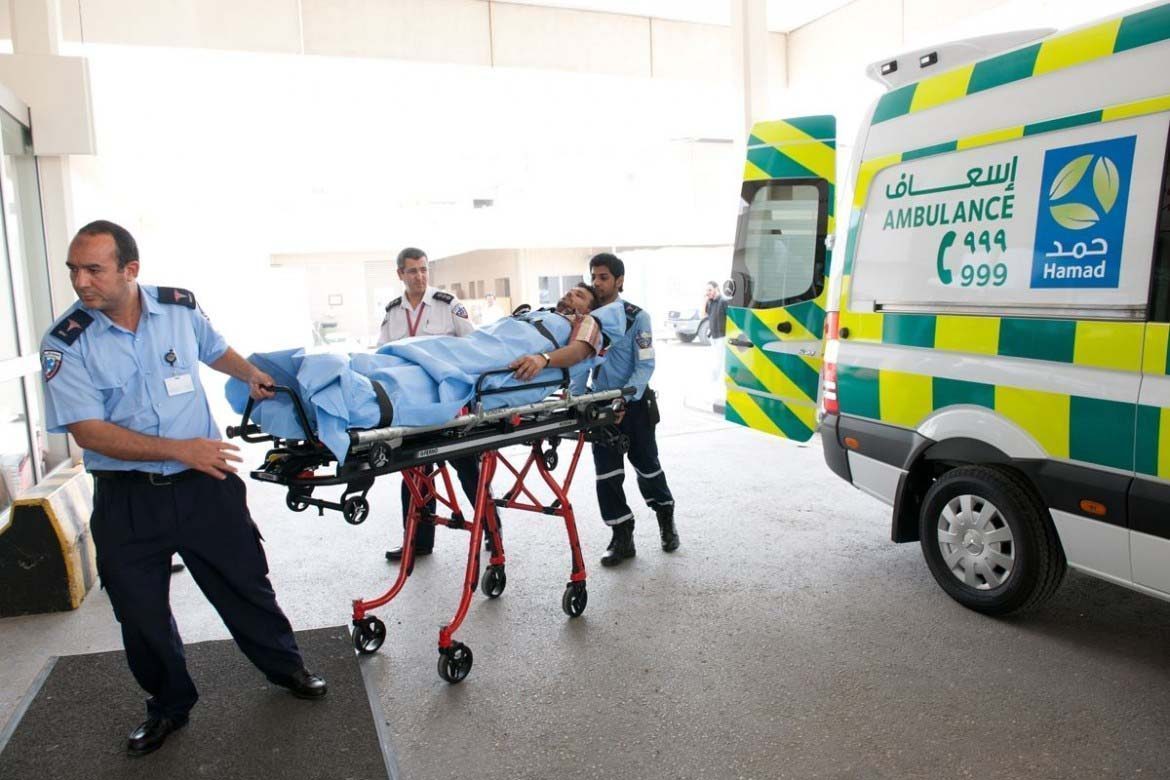
Demand for emergency medical care in Qatar has soared well ahead of the state’s population increase, as the number of ambulance call-outs rose more than a quarter in just one year, according to new statistics released by Hamad Medical Corp. (HMC).
The volume of calls requesting an ambulance increased 28 percent in just 12 months, from 131,482 in 2013 to 168,332 last year, HMC said in its 2014-15 Annual Report, which has just been published.
That works out to an average of 461 calls for an ambulance every day that year.
Meanwhile, HMC-run hospitals have also recorded a significant increase in patients using their emergency departments, with the number of visits up by more than a fifth over the same period, to more than 2,800 a day on average.

In 2013, 855,025 patients visited the ER, while the following year, the total number of patients broke the 1 million mark at 1,044, 299, HMC said.
Visits to the specialist pediatric emergency centers also increased, but at a slower rate. Admissions were up 6.9 percent to reach 555,460 in 2014, compared to 519,619 the previous year.
While Qatar’s population has been rising rapidly in recent years, demand for emergency medical services in increasing faster than the number of new residents moving to the country, which increased by around 9 percent between December 2013 and December 2014, according to official figures by the Ministry of Development, Planning and Statistics (MDPS).
Ambulance demand
The 28 percent spike in the number of calls for ambulances between 2013 and 2014 is well ahead of previous levels. With 2012 figures showing a total of 110,645 calls, the growth between 2012 and 2013 was 18 percent, according to the 2013/14 HMC annual report.
The report does not detail any apparent reason for this hefty increase in demand. However, according to monthly statistical information released by MDPS, the number of injuries from traffic collisions rose through 2014, which is one of the key reasons for ambulance call outs.

Qatar has a total of 167 ambulances, 20 rapid response vehicles and three helicopter ambulances, which are dispatched from 43 separate locations across the state.
According to the report, 84 percent of ambulances responded within 10 minutes of receiving a call in central Doha, while 97.8 responded within 15 minutes.
In rural Qatar, 94 percent of ambulances responded within 15 minutes.
Emergency cases
Hamad General Hospital emergency department remains the busiest in Qatar, although the increase in patients seeking treatment there rose moderately at around 5 percent, from 442,693 in 2013 to 464,601 in 2014.
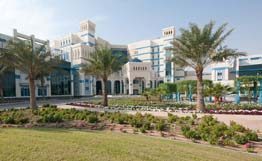
However, demand for services in hospitals such as Al Khor and Al Wakra is increasing amid the expansion of treatment options elsewhere in Qatar aimed at reducing the strain on facilities in central Doha.
Al Wakra hospital cited a 77 percent increase in patients in its ER, from 170,667 in 2013 up to 302,325 in 2014. Meanwhile, the number of patients at the Al Khor emergency department went up by 15.2 percent over the same period.
Previously, the head of HMC’s emergency medicine has said the services face extreme pressure in demand, with some facilities struggling to cope with the volume of patients coming through the doors for treatment.

In October last year, HMC Emergency Department director Dr. Peter Cameron told members of Qatar’s Central Municipal Council that many workers used the ER for minor injuries or to receive treatment for chronic conditions such as hypertension or diabetes, and urged the construction of more clinics and GP-type surgeries to take the pressure off of the emergency department.
Earlier this year, HMC said it was constructing a purpose-built trauma and emergency department at Hamad General Hospital, which would increase its current emergency facilities three-fold.
New babies
The number of babies born in Qatar continues to rise – between 2013 and 2014 it was up more than 5 percent across all HMC hospitals to 21,360, the report said.

However, as part of a push to encourage women to use facilities at hospitals around the country, the Women’s Hospital in central Doha saw a drop in deliveries from more than 17,000 in 2013 to 16,269 the following year.
Meanwhile, births were up at the other hospitals with maternity departments around the state. The number of babies born at the Cuban Hospital in Dukhan doubled to 251 in 2014, while births at Al Wakra hospital rose 78 percent to 3,653 in 2014. Al Khor hospital also saw more newborns, up 7.3 percent from 1,106 to 1,187 last year.
David Barlow, HMC’s director of women’s services, previously told Doha News:
“We’re trying to ensure that patients are spread around so we’re not overloading one facility. If too much pressure is placed on a single facility, patients won’t get the best care.”
You can download a full version of HMC’s 2014/15 Annual Report here.
Thoughts?

